The Cappella degli Scrovegni is in the city of Padua, in the Veneto region of Italy. This chapel has one of the most extraordinary collections of frescoes created by renowned artist Giotto di Bondone.
These masterful paintings take viewers on an emotional journey, starting with scenes from the Old Testament and ending with a vivid representation of heaven, hell, and The Last Judgment.
Yet, these murals’ meanings go beyond their religious themes; they illustrate a pivotal moment in Italian art history in which artistic styles transitioned from Byzantine to Renaissance. In this post, I’ll take you on a tour through Cappella degli Scrovegni. We’ll also discuss Giotto di Bondone’s contributions to art and his long-lasting impact on future generations.
Exploring the Cappella degli Scrovegni, Padua
A brief history of Cappella degli Scrovegni
The Capella degli Scrovegni is a small church in Padua, Italy. It was built at the beginning of the 14th century, between 1303 and 1305, by Enrico Scrovegni, a wealthy Paduan banker. The chapel, dedicated to the Holy Virgin Mary, is on the grounds of a Roman-era arena. Hence, people call the Capella “the Arena Chapel.”
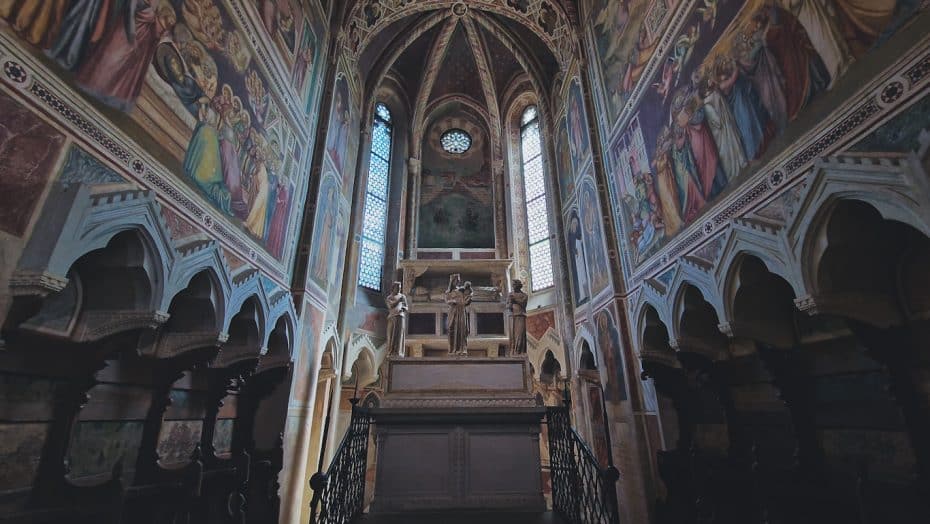
But the most important features of the chapel are its frescoes. The painter was Giotto di Bondone, an eminent Italian painter from the Late Middle Ages. Giotto started working on these murals in 1303 and completed them in 1305. The frescoes depict scenes from the lives of Jesus Christ and the Virgin Mary.
The frescoes are among Padua’s UNESCO World Heritage Sites.
Exploring Giotto’s frescoes: A journey through art
- The Life of the Virgin
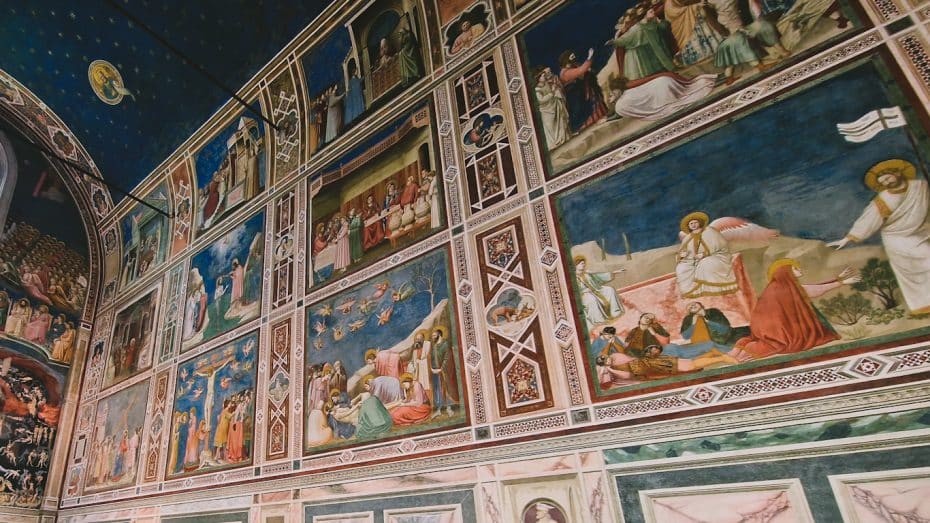
Our journey through the Cappella degli Scrovegni starts with Mary, the virgin mother of Jesus.
The Life of the Virgin fresco portrays significant events from the life of the Virgin Mary, including her birth, marriage to Saint Joseph, and Annunciation. So, you can even see her parents, Joachim and Anna, who don’t usually appear in art. Joachim and Anna couldn’t have kids, so when they could conceive Mary when they were older, people deemed it a miracle.
Not unlike her parents, Mary also had a, let’s say, unusual pregnancy. Archangel Gabriel announced to Mary and Joseph that they were expecting a child. That child, as we know, would turn out to be a son: Jesus.
This fresco showcases the events in Mary’s life with precious details, especially for its time.
- The Life of Christ fresco
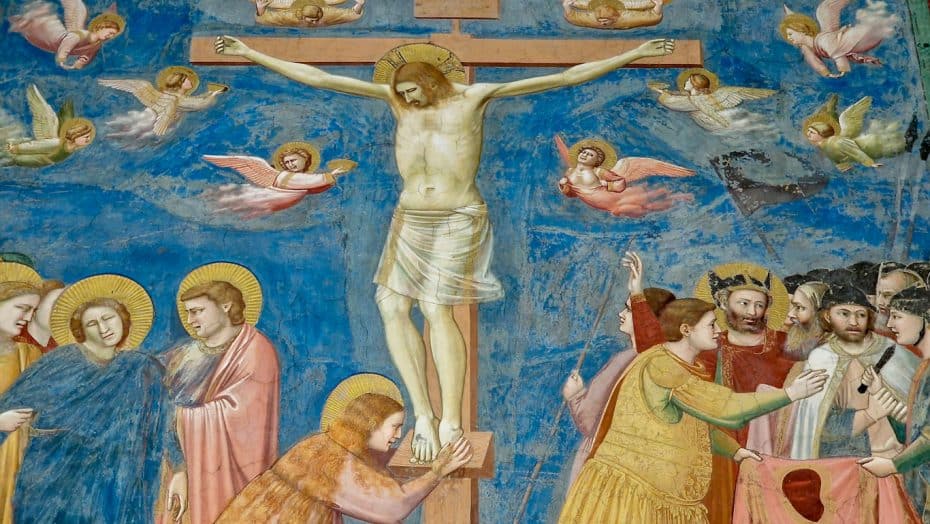
The Life of Christ is a fresco that presents a comprehensive depiction of the life of Jesus Christ. This fresco illustrates episodes from his birth to his resurrection.
The mural depicts Jesus’ public life and ministry, including miracles, parables, and his entry into Jerusalem. Then, on the lower part the fresco, you can see the events leading to Jesus’ crucifixion and subsequent resurrection.
Numerous people appear throughout the fresco cycle, including religious figures like the apostles and biblical characters like King Herod. Additionally, prominent historical figures from Giotto’s time, like Enrico Scrovegni (the chapel’s patron), appear in some scenes.
- The Last Judgment fresco
My favorite fresco in the Cappella degli Scrovegni is The Last Judgement. Why? Well, on the one hand, it’s easy to see how it influenced other artists over the years, which we’ll discuss later. On the other hand, there are so many details in the fresco that you could stare at it for hours and still see something new.
This fresco presents a hierarchy, with Christ at the top center, holding a lily and a sword. Angels and saints are on either side of Christ as witnesses. Below Christ, there are two groups, one representing the saved souls entering paradise and another showing sinners punished in hell.
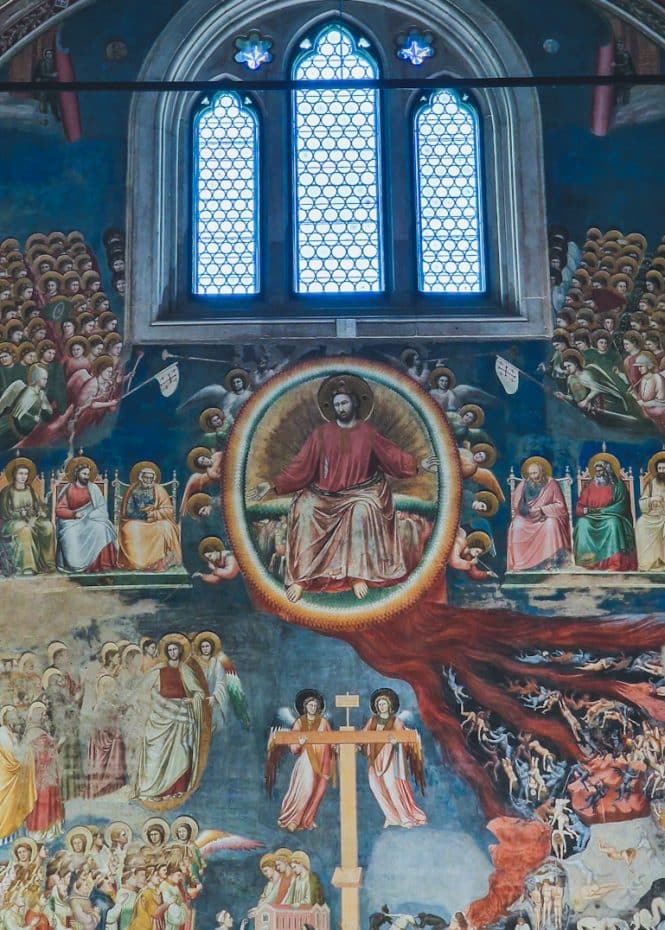
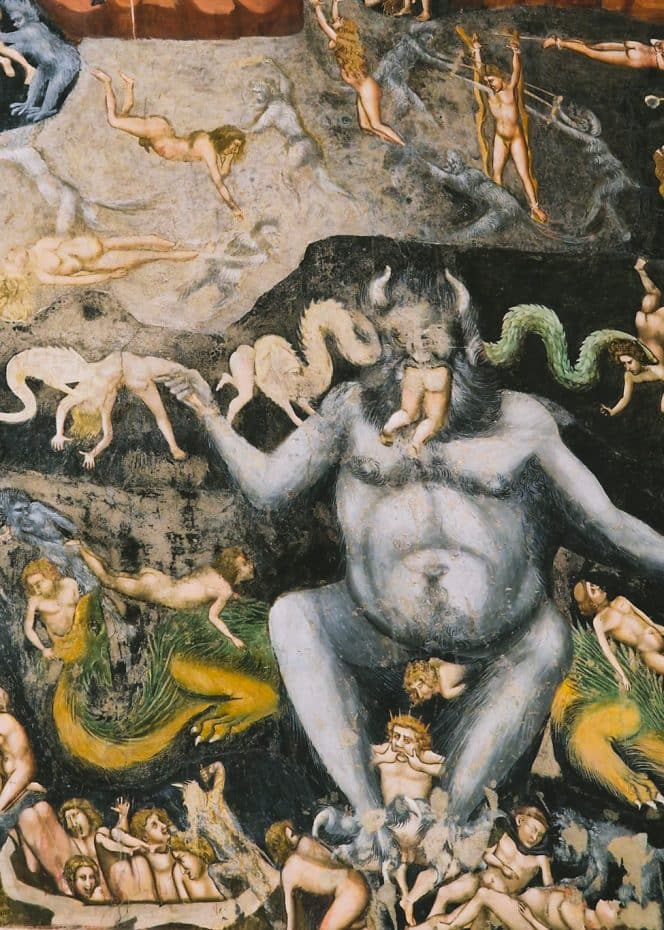
This fresco covers the west wall of the chapel and is a perfect representation of the drama Giotto could convey in his paintings.
The Influence of the Scrovegni Chapel in Art
Giotto’s frescoes in the Scrovegni Chapel are considered one of the greatest masterpieces of Western art. The vivid colors and life-like figures presented a significant departure from the flat, symbolic style of Byzantine art that dominated its time. Giotto’s work showcased a new level of naturalism and emotion, paving the way for the Italian Renaissance.
A significant component of Giotto’s frescoes is their unified visual narrative. The paintings depict scenes from the lives of Jesus Christ and the Virgin Mary, arranged in a sequence for viewers to follow. Artists would widely adopt this narrative style during the Renaissance.
Giotto’s innovative use of light and shadow also played a vital role in shaping the evolution of artistic techniques. By incorporating chiaroscuro, a method where contrasting light and shadow create depth, Giotto provided a foundation for developing three-dimensional representation in art. This technique became crucial for artists like Leonardo da Vinci, Raphael, and Michelangelo.
In addition to its artistic significance, Capella degli Scrovegni has a connection to Dante Alighieri, the renowned Italian poet who wrote “The Divine Comedy.” Enrico Scrovegni’s father, Reginaldo Scrovegni, appears in Dante’s work as one of the sinners in Hell for usury.
Capella degli Scrovegni holds great importance not only for its beautiful art but also for its representation of religious devotion and cultural influences during the Middle Ages in Italy.
Visiting Cappella degli Scrovegni in Padua, Italy
The Capella degli Scrovegni is in Piazza Eremitani, 8, in one of the best areas to stay in Padua. The chapel opens from 9 a.m. to 7 p.m. every day. You can buy tickets when you get there or book a tour of Padua and the Scrovegni Chapel online to avoid queues.
The general ticket to the Capella degli Scrovegni has a cost of 12 euros and it includes a visit to the Eremitani Civic Museum.
This chapel is one of the main attractions of Padua, like Prato della Valle.




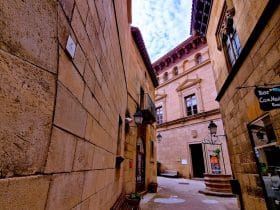
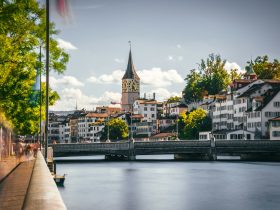
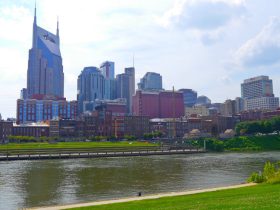
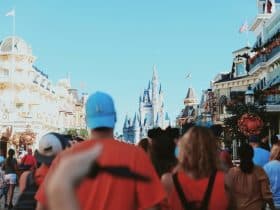
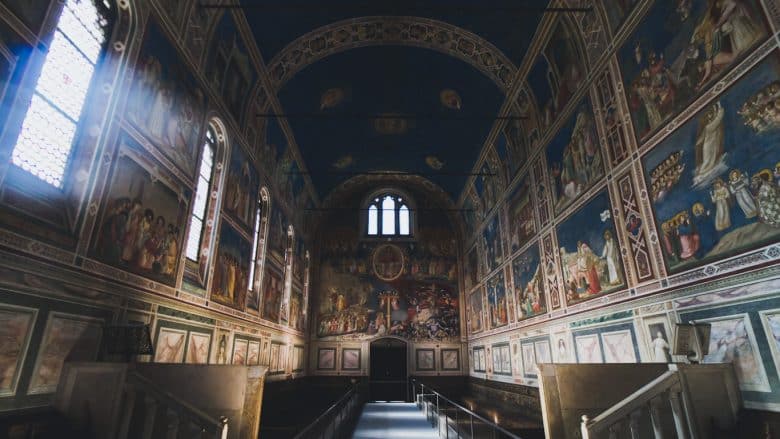
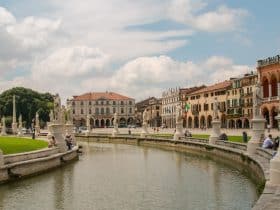
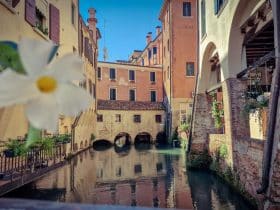
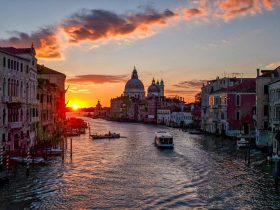
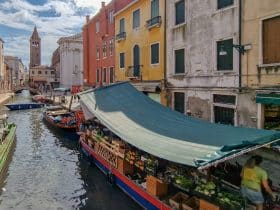
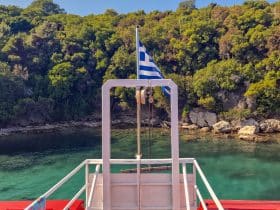
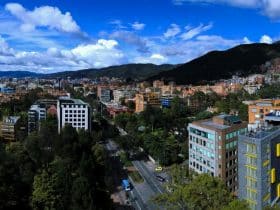










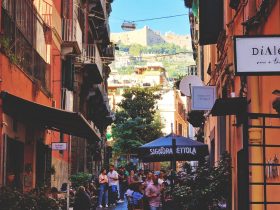
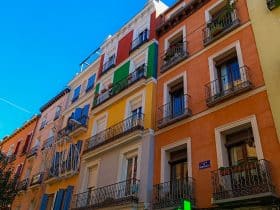
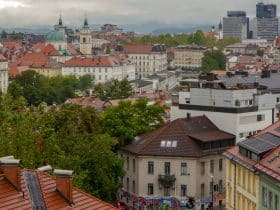
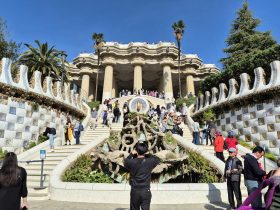
Leave a Reply
View Comments